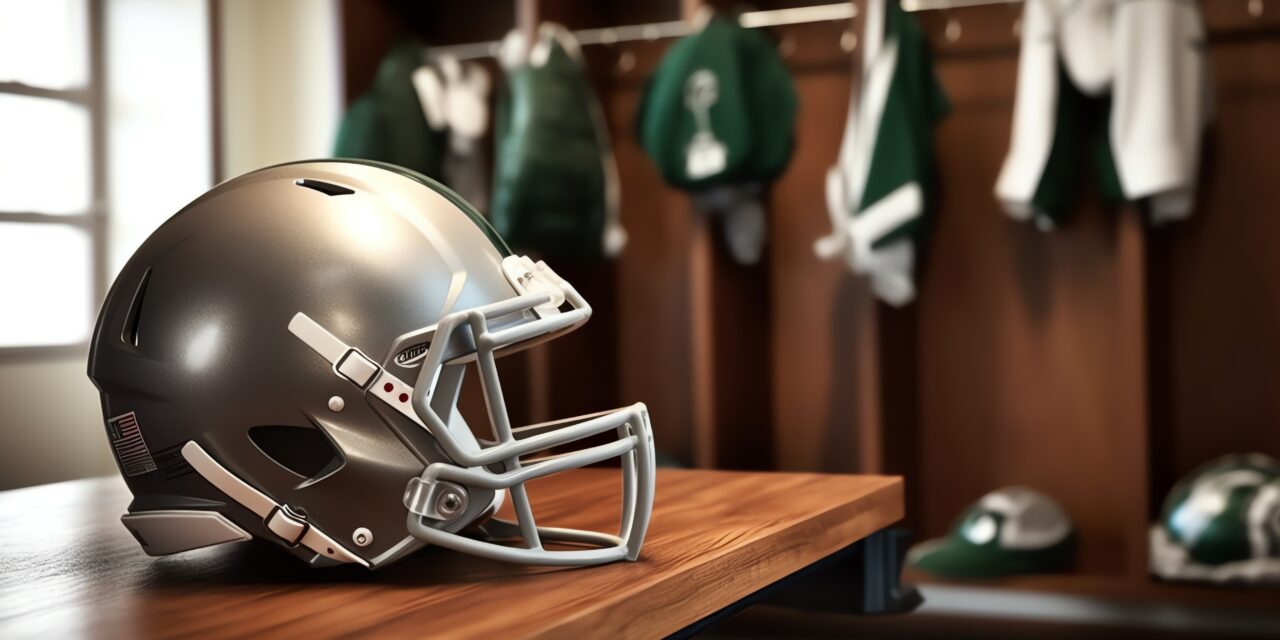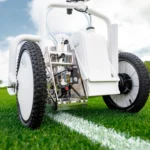Managing athletic equipment is a large responsibility for high school athletic directors, where player safety, program budgets, and regulatory compliance is of utmost importance. Adhering to the guidelines set forth by the National Athletic Equipment Reconditioners Association (NAERA) can be a challenge, but it’s a necessary part of maintaining the integrity of your sports program. In this article, we’ll explain the requirements of the current NAERA standards and offer practical strategies to ensure compliance through equipment recertification and sanitation practices.
Understanding NAERA and NOCSAE Requirements
Athletic programs using football, lacrosse, baseball, and softball helmets must follow strict certification and reconditioning protocols. The National Operating Committee on Standards for Athletic Equipment (NOCSAE) requires that helmets meet performance benchmarks through regular testing and recertification. Helmets that are not certified during the specified interval for recertification lose their certification and must be removed from use unless properly reconditioned.
Reconditioning involves inspecting and cleaning equipment to ensure it meets the manufacturer’s original performance standards. While helmets require both reconditioning and recertification, non-recertifiable equipment such as shoulder pads and chest protectors must be sanitized following manufacturer guidelines. Athletic directors must coordinate with NOCSAE-licensed reconditioning companies to ensure compliance.
“NAERA recommends sending your equipment for reconditioning and recertification as soon as your season is complete,” states NAERA Executive Director Tony Beam.
Best Practices To Stay Compliant
Post-Season Recertification Planning
Scheduling reconditioning immediately after each season ensures equipment is up-to-date and ready before the next. The recertification process for helmets can take six weeks or more, so early preparation is essential. Programs with unused equipment must also follow the recertification schedule, as certification periods are based on calendar years, not usage. Athletic directors can avoid delays by building partnerships with NAERA-certified reconditioners.
Routine In-Season Inspections and Sanitization
During the season, equipment should be inspected and cleaned regularly by staff familiar with manufacturer guidelines. Minor issues, such as loose parts or worn padding, can escalate if overlooked. Routine cleaning ensures athlete safety and helps reduce the risk of infections, aligning with best practices for sports equipment hygiene. High-impact equipment such as helmets and shoulder pads also require rotation to manage wear and tear effectively.
“Even with regular maintenance, high-impact equipment requires consistent rotation to prevent aging issues,” advises NAERA.
Leveraging Communication and Digital Tools for Certification Management
Automate Scheduling and Communication
Using digital platforms can streamline communication between athletic directors and NAERA reconditioning facilities. Programs can automate reminders for inspections and recertifications, ensuring nothing falls through the cracks. Some athletic departments employ asset management software to monitor the status of each piece of equipment throughout the year.
“Every certified helmet includes a label with the year of recertification – this simple step makes tracking easier and ensures that no expired equipment goes unnoticed,” explains NAERA.
Building Long-Term Relationships with Reconditioners
Establishing a relationship with trusted NOCSAE-licensed reconditioning facilities ensures consistent service. NAERA advises athletic directors to confirm that reconditioners meet the latest compliance requirements by visiting their website for a list of certified providers.
Staying up-to-date with NAERA rules is critical for maintaining compliance with national standards. Athletic directors must incorporate post-season recertification, in-season inspections, and automated scheduling tools into their equipment management strategies. Building relationships with NOCSAE-licensed providers and maintaining a proactive approach helps athletic programs avoid disruptions while fostering a safe playing environment for all athletes.










